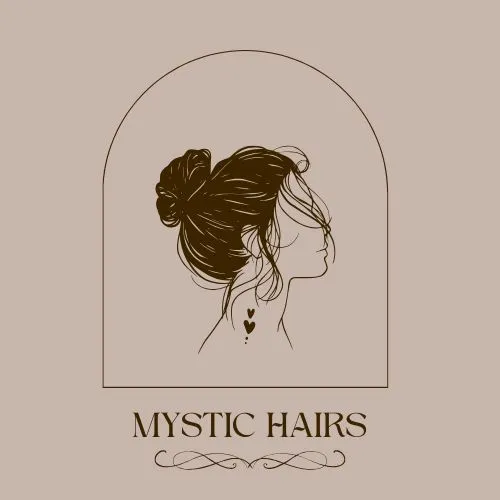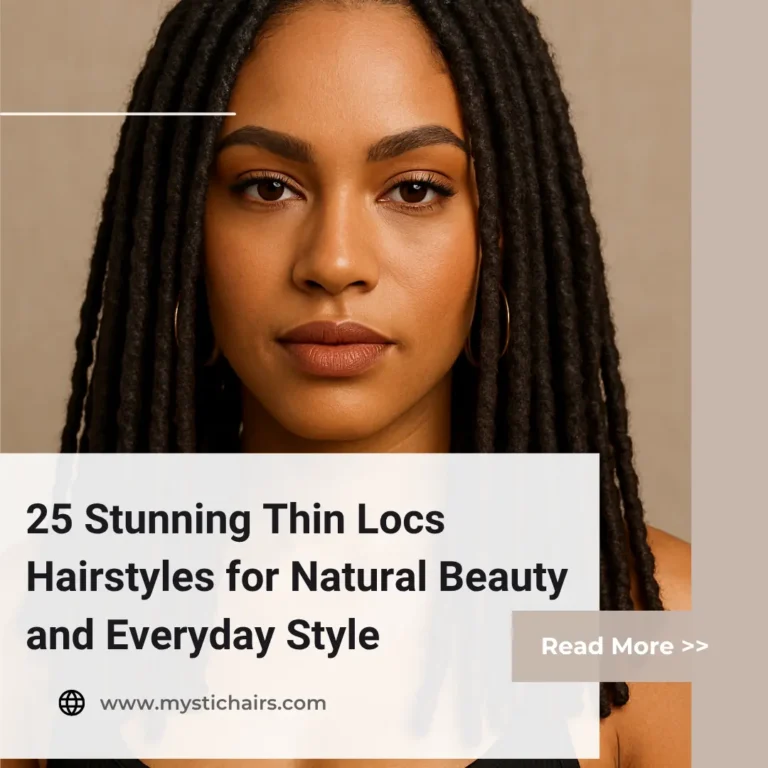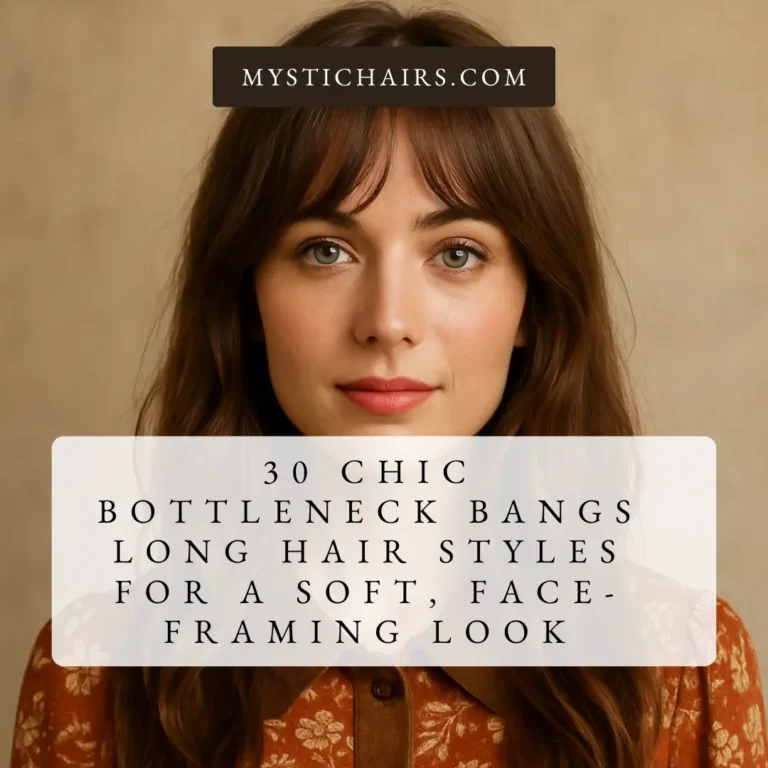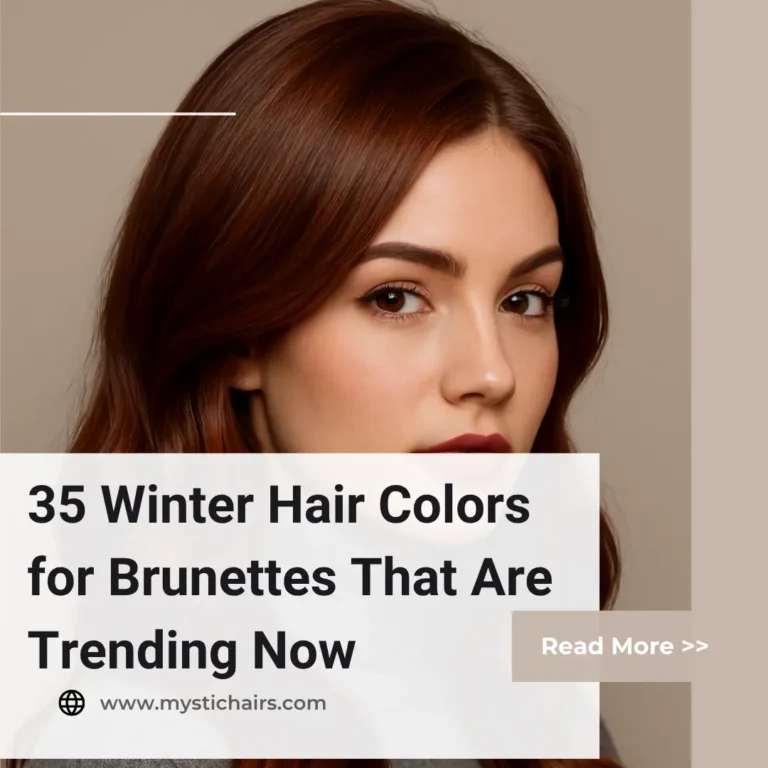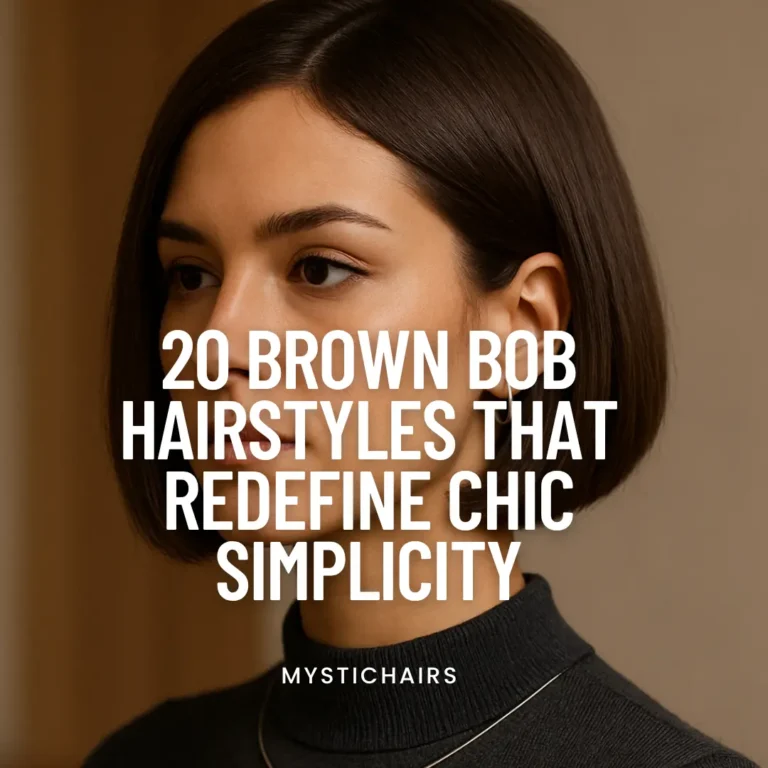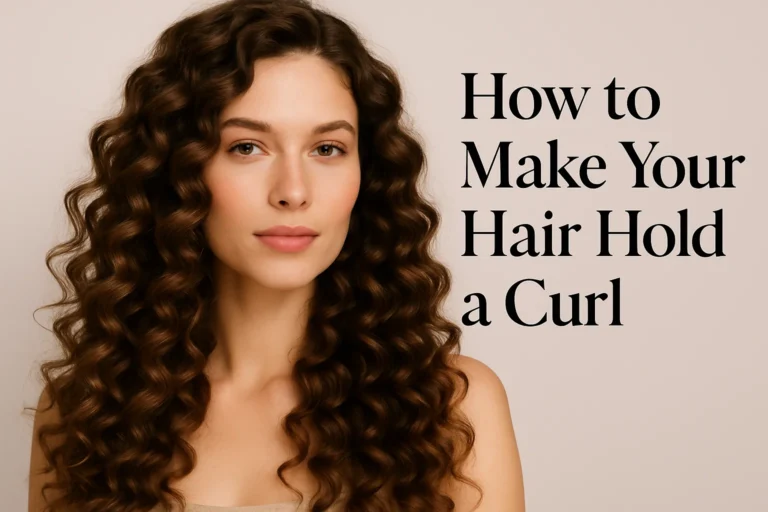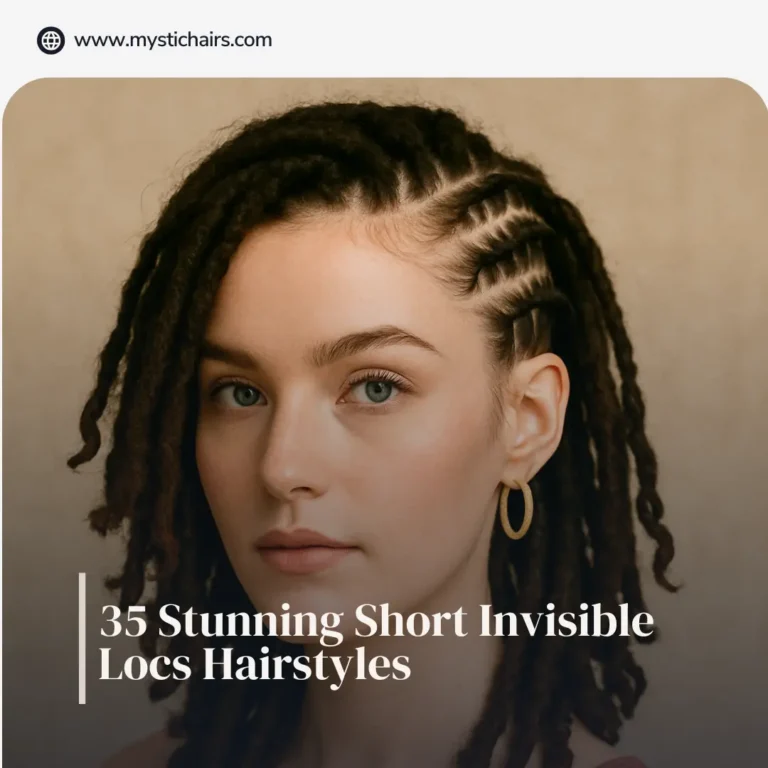How to Choose the Right Hair Brush: 15 Expert Tips for Every Hair Type
Finding the perfect hair brush might seem simple, but it’s one of the most important choices you can make for the health and appearance of your hair. Using the wrong type of brush can lead to breakage, frizz, split ends, and even scalp irritation, while the right one can smooth, detangle, and enhance your style effortlessly. Understanding how to choose the right hair brush starts with knowing your hair’s unique needs—its thickness, texture, length, and the style you’re aiming for.
Hair brushes aren’t a one-size-fits-all tool. From boar bristle brushes that distribute natural oils to vented brushes that speed up blow-drying, there’s a huge variety designed for different purposes. The key is matching the brush to your hair type and styling routine.
How to Choose the Right Hair Brush
In this guide, we’ll explore 15 expert tips to help you pick the perfect brush for healthy, beautiful hair every day.
1. Identify Your Hair Type Before Buying a Brush
The first step in understanding how to choose the right hair brush is knowing your hair type—whether it’s fine, medium, thick, curly, or straight. Hair thickness and texture determine the kind of bristles, shape, and spacing your brush should have. For example, a detangling brush for thick hair will need widely spaced, sturdy bristles, while fine hair benefits from softer, denser bristles that won’t pull or break strands.
If you have naturally curly or coily hair, opt for a brush designed for curls—often with flexible bristles that glide through hair without disturbing your curl pattern. Those with straight or wavy hair may prefer a paddle brush for everyday smoothing. Identifying your hair type is essential because it ensures your brush works with your natural texture rather than against it, helping prevent unnecessary breakage and frizz.
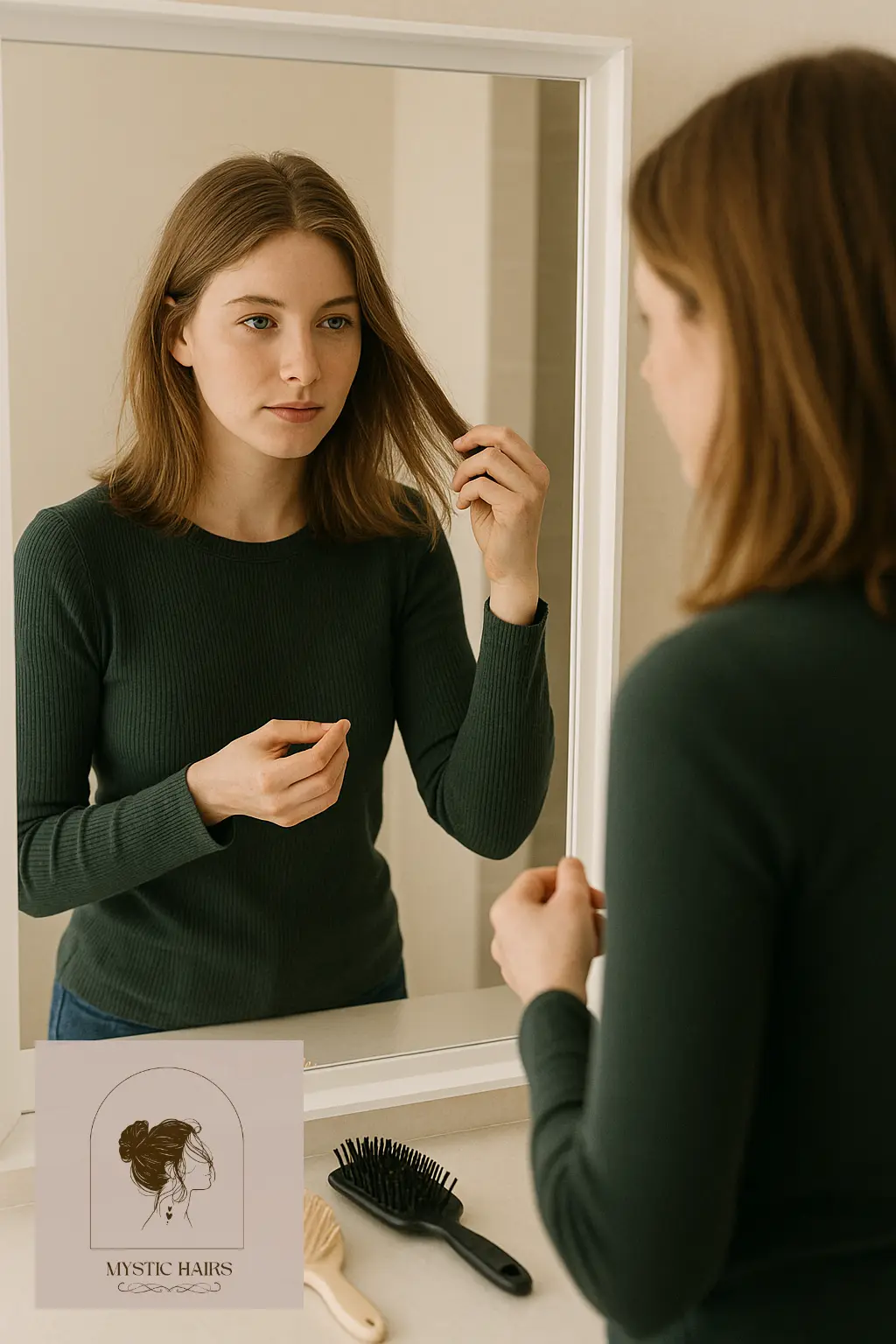
2. Choose Bristles Based on Your Needs
Bristles are a major factor in finding the best brush. Natural boar bristle brushes are ideal for distributing oils from your scalp down the hair shaft, giving your locks a shiny, smooth finish. On the other hand, synthetic bristles, such as nylon, are great for detangling thick or coarse hair because they offer more flexibility and can penetrate denser strands without snagging.
For sensitive scalps or fine hair, mixed bristle brushes can provide the best of both worlds—gentle distribution of oils plus effective detangling. Knowing which bristle type matches your hair’s needs will make your daily brushing experience smoother, healthier, and far less damaging over time.
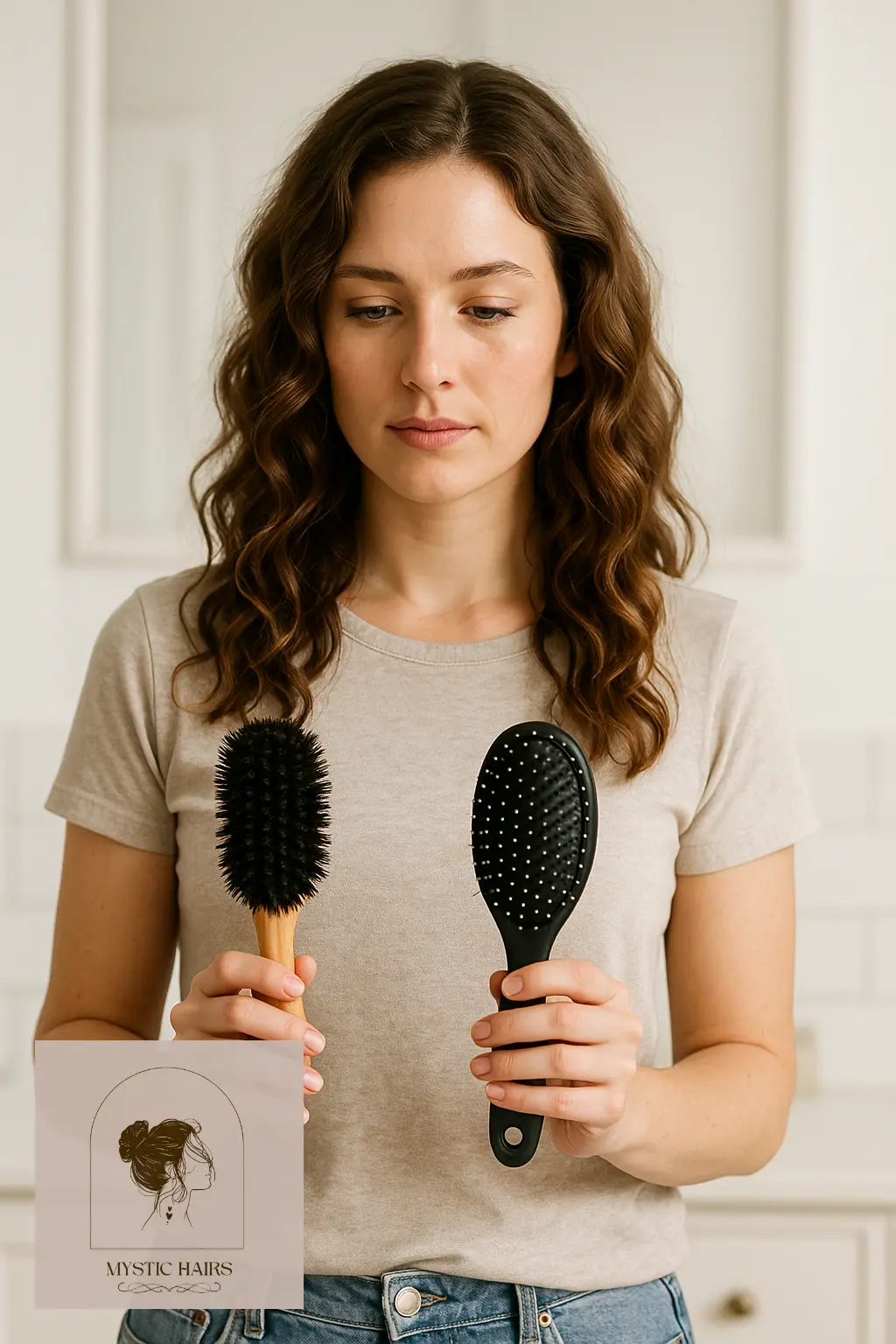
3. Match the Brush Shape to Your Styling Goals
The shape of your brush plays a huge role in styling results. Round brushes are perfect for creating volume and curl during blow-drying, while flat paddle brushes are better suited for straightening and smoothing long hair. If your goal is to add body, choose a medium or large round brush; if you want sleek styles, stick with a paddle or vented brush.
For those who frequently style with heat, the right shape will help you achieve your desired look faster and with less damage. Choosing a brush shape tailored to your styling needs will make your routine more efficient and protect the integrity of your strands.
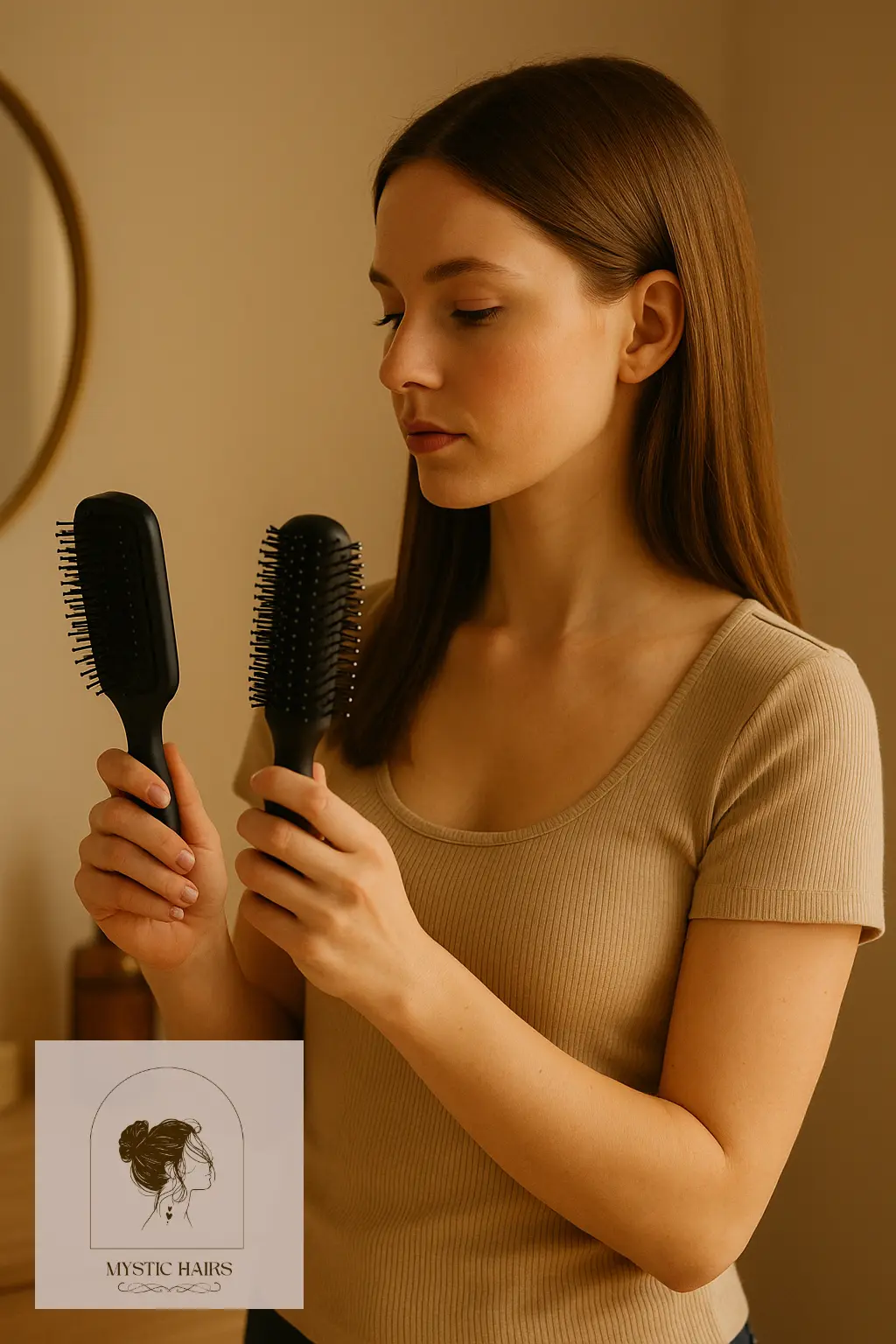
Using the wrong brush can tug at strands and cause unnecessary damage. That’s why pairing the right tool with tips on how to prevent hair breakage is key to keeping your locks strong and smooth.
4. Use Vented Brushes for Faster Blow-Drying
If you style with a blow dryer, a vented brush can make a big difference. The vents allow air to pass through the brush, speeding up drying time while minimizing heat damage. This is especially useful for thick or long hair that takes longer to dry.
Vented brushes also help create lift at the roots and smooth the cuticle for a frizz-free finish. Just make sure to pair them with a heat protectant spray to keep your hair healthy while enjoying quicker, more efficient styling sessions.
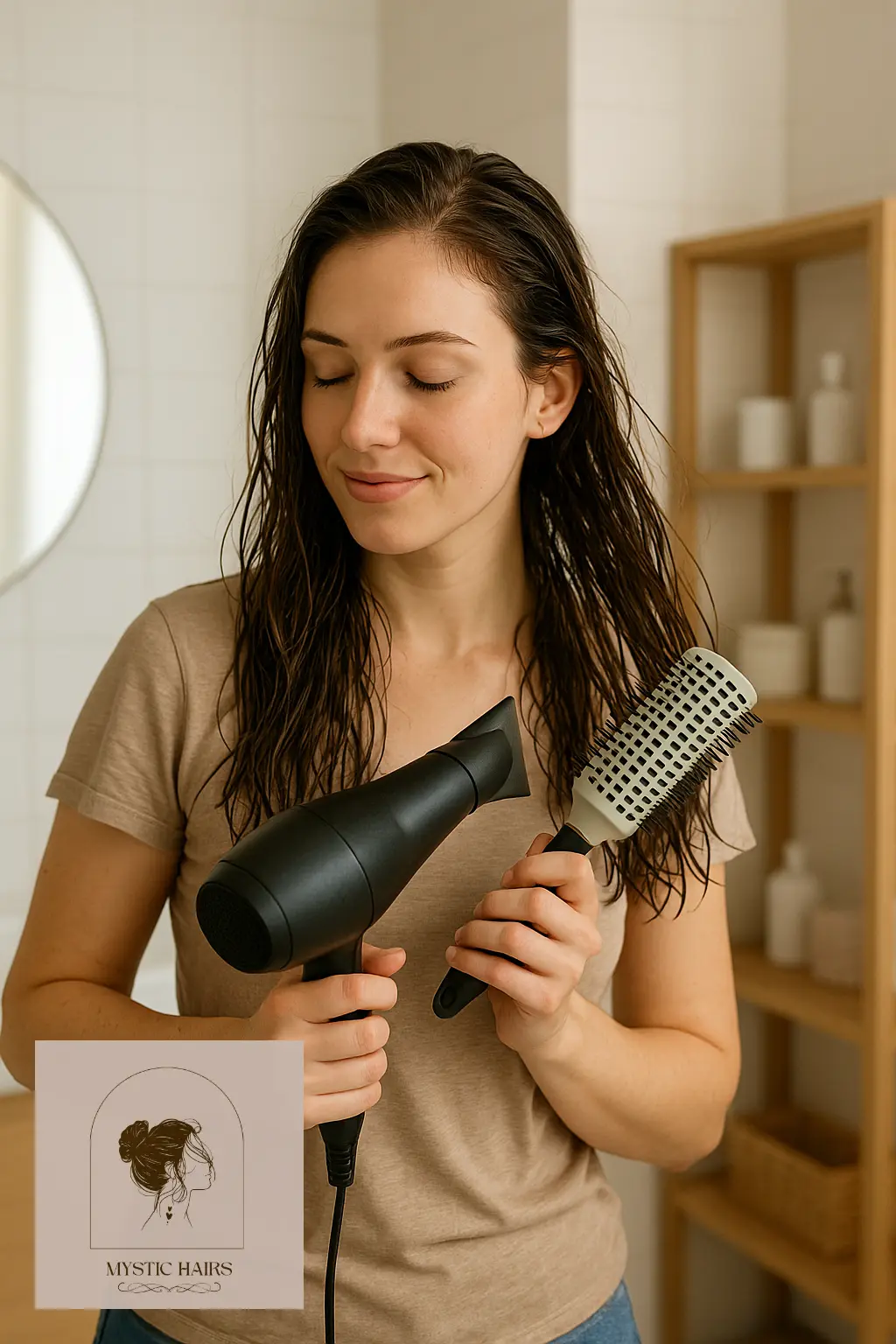
5. Invest in a Quality Detangling Brush
A high-quality detangling brush is a must-have, especially for those prone to knots and tangles. These brushes have flexible bristles that bend rather than pull, reducing breakage and pain when working through stubborn knots.
Using a detangling brush on wet hair can help minimize damage, particularly for curly or fine hair types. Always start detangling from the ends and work your way up to prevent stress on the roots and avoid snapping fragile strands.
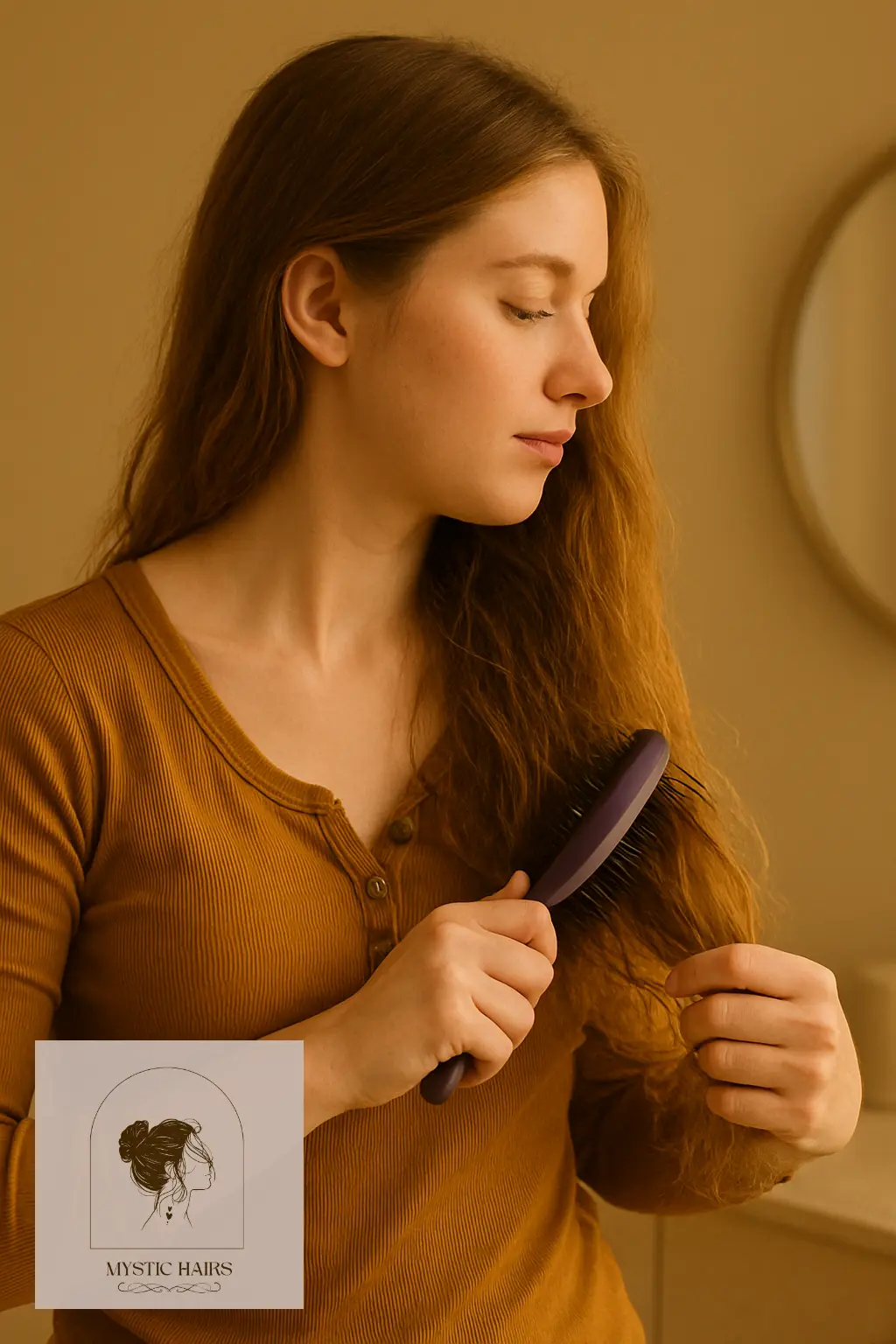
6. Try a Wide-Tooth Comb for Wet Hair
While it’s technically not a brush, a wide-tooth comb is essential for safely detangling wet hair. Wet strands are more fragile and prone to stretching or breaking, so a gentle combing approach is best.
Apply a leave-in conditioner or detangling spray before combing to provide extra slip. This method helps distribute the product evenly and protects your hair from unnecessary breakage while keeping your curls or waves defined.
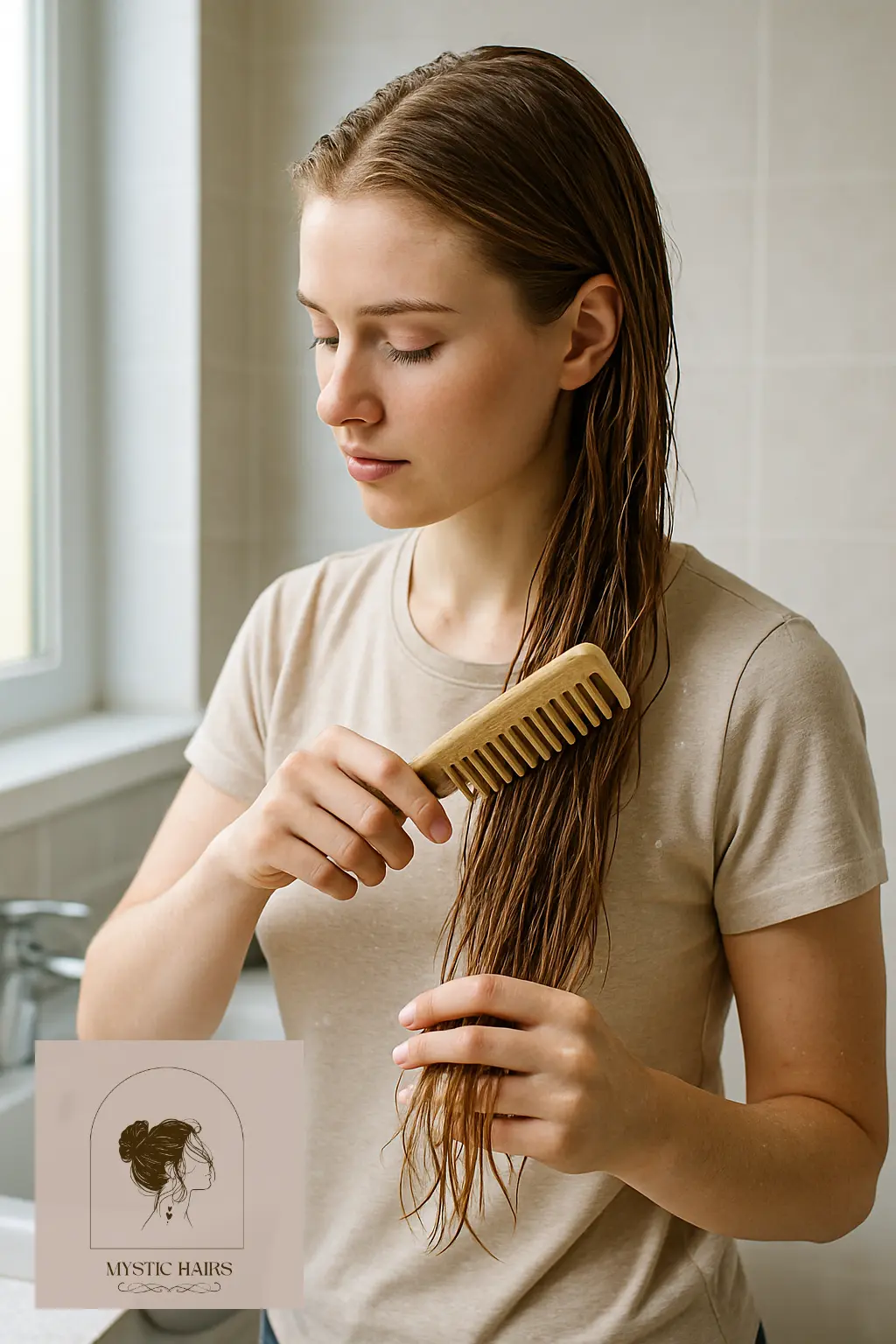
7. Use Boar Bristle Brushes for Shine
For sleek, glossy hair, a boar bristle brush is unmatched. The natural bristles help carry sebum from your scalp to the ends of your hair, which moisturizes strands naturally and prevents dryness.
This type of brush works particularly well for fine to medium hair. However, those with thick hair might prefer a mixed bristle brush to ensure it penetrates through all layers for even oil distribution.
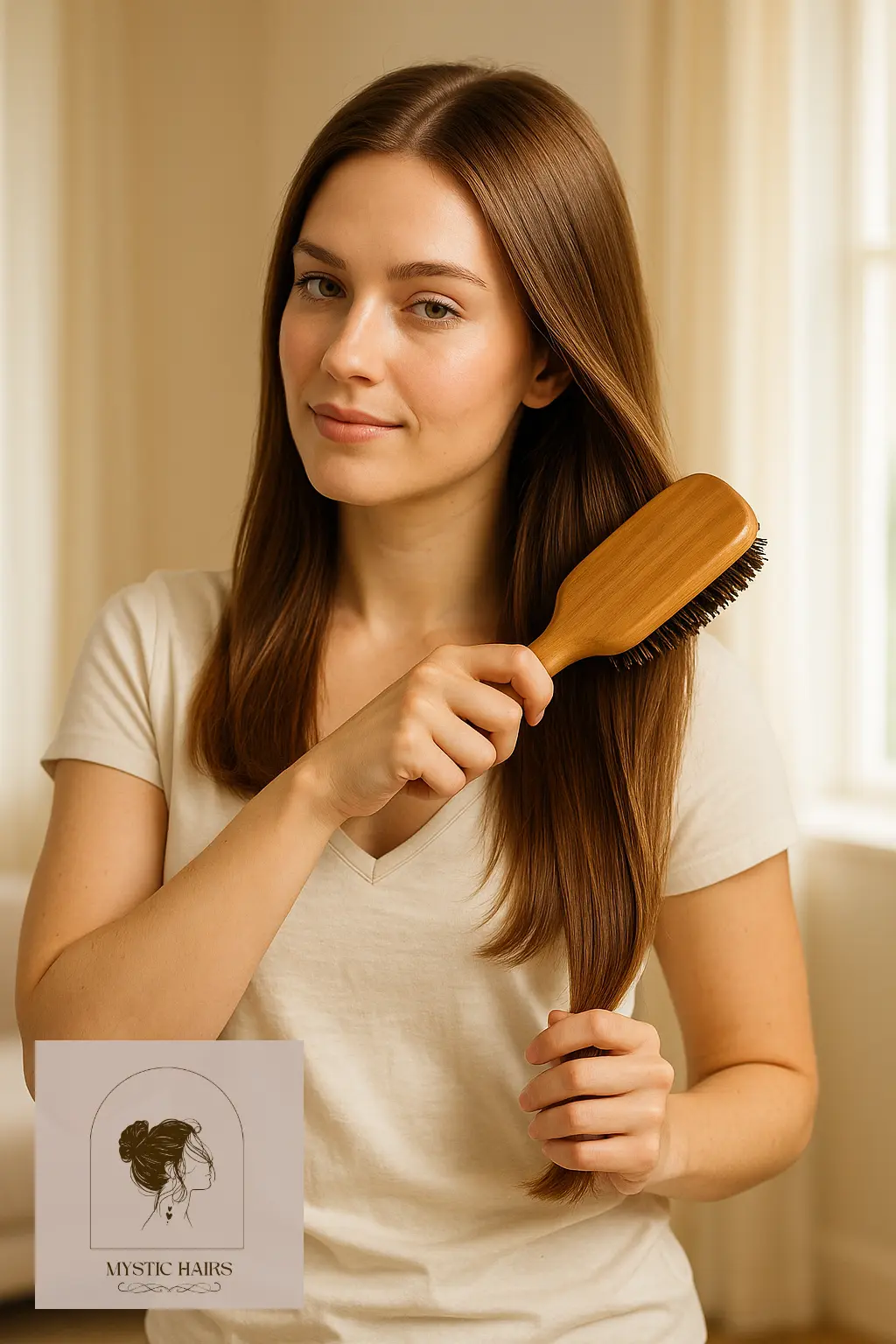
Brushing habits can influence scalp health and hair density. Alongside selecting the right brush, learning how to stop thinning hair in women provides a full approach to protecting volume and overall hair health.
8. Pick the Right Size Barrel for Round Brushes
If you’re using a round brush, size matters. A smaller barrel is ideal for creating tight curls or waves, while a larger barrel adds volume and smoothness.
When learning how to choose the right hair brush for blowouts, consider your hair length: short hair works best with smaller barrels, while medium to long hair benefits from larger sizes for quicker styling.
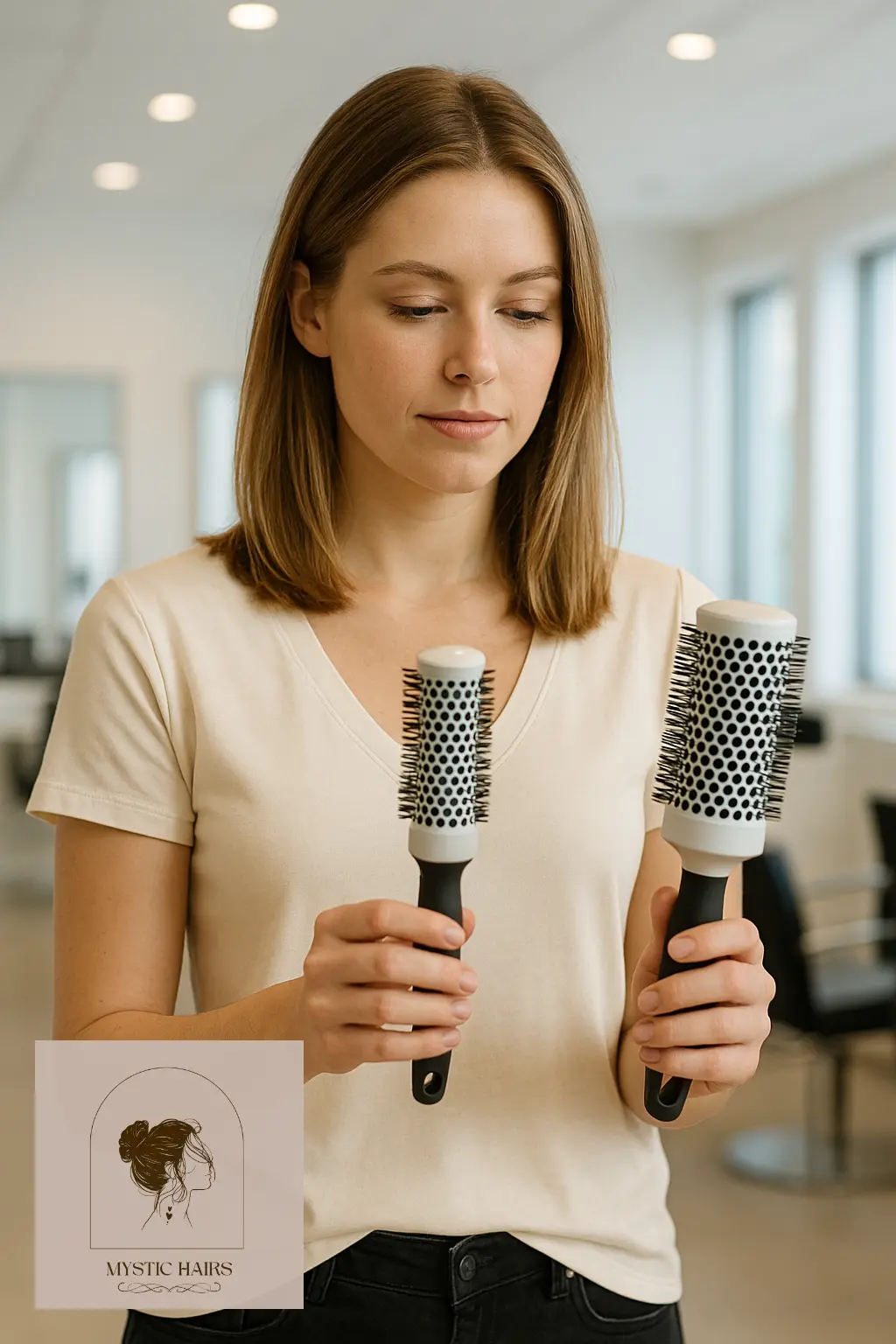
9. Select Brushes with Ergonomic Handles
Comfort is key, especially if you spend a lot of time styling your hair. Brushes with ergonomic handles reduce strain on your wrist and give you better control during blowouts or detangling.
Rubberized or padded grips also prevent slipping, making it easier to style hair precisely without accidentally snagging strands.

10. Use a Teasing Brush for Volume
A teasing brush is perfect for adding lift at the roots or creating more dramatic updos. These brushes have dense, short bristles designed to backcomb hair gently without causing too much damage.
When used correctly, a teasing brush can help you achieve long-lasting volume while maintaining smoothness at the top layer of your style.

11. Consider a Cushion Brush for Everyday Comfort
A cushion brush is one of the most versatile tools you can own, especially if you’re aiming for a daily go-to option. The soft, air-filled cushion allows the bristles to retract slightly when they meet resistance, which helps protect your scalp and hair from excessive pulling or breakage. This makes it an excellent choice for people with sensitive scalps or those prone to hair loss. When thinking about how to choose the right hair brush for regular use, a cushion brush offers both gentleness and functionality.
Cushion brushes work exceptionally well for distributing natural oils, gently massaging the scalp to promote blood circulation, and reducing static. They’re perfect for detangling dry hair without creating frizz, and because of their adaptability, they can handle different hair textures reasonably well. If you want a brush that balances comfort, durability, and hair health, a cushioned design is worth adding to your collection.
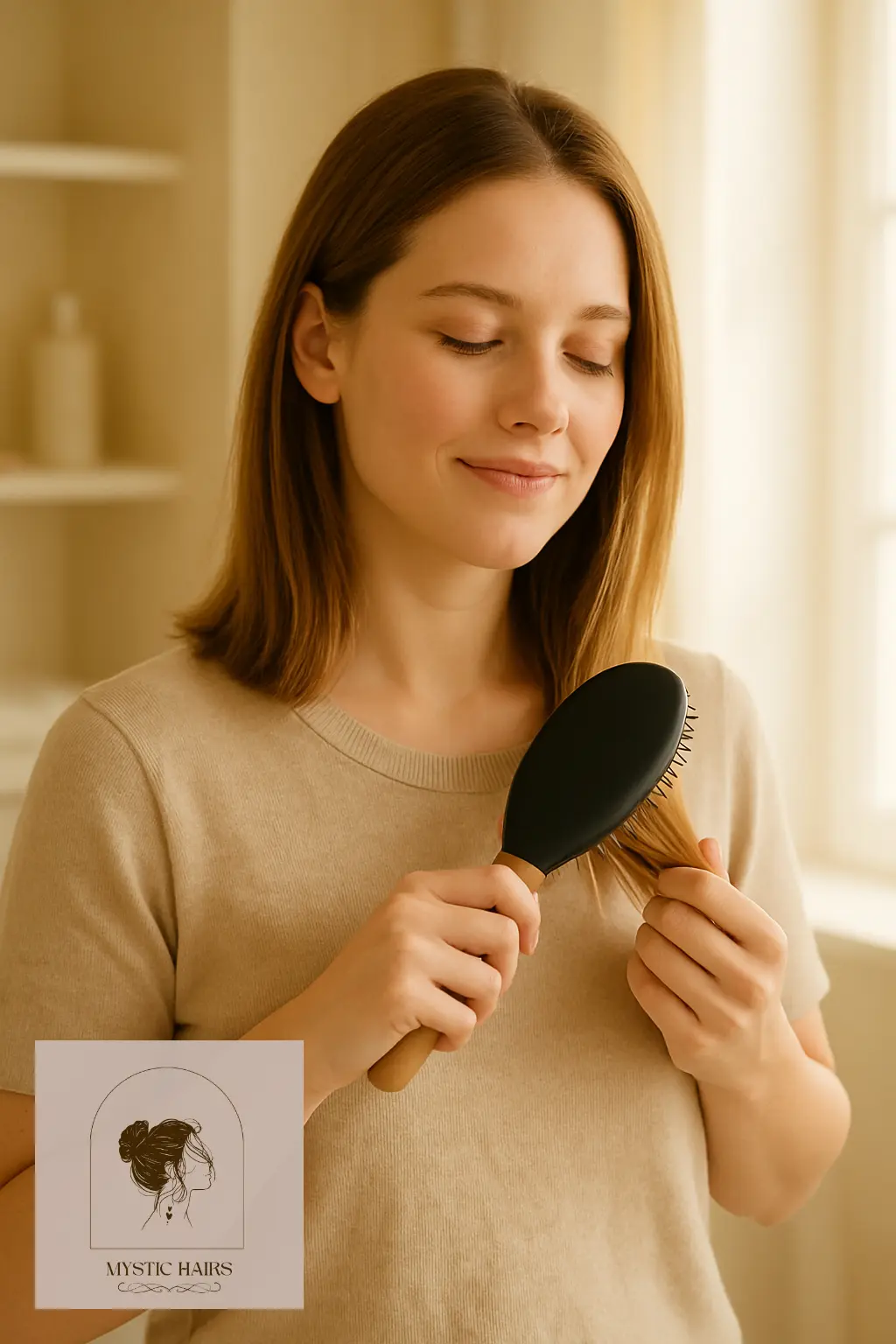
The right brush stimulates circulation at the scalp, which supports healthy growth. When combined with natural remedies for hair growth, you create an even stronger foundation for fuller, more resilient strands.
12. Look for Heat-Resistant Brushes for Styling
If you frequently style with hot tools, a heat-resistant brush is essential. Standard brushes can warp or lose bristle shape under high temperatures, which can affect both styling precision and hair health. Brushes with ceramic or tourmaline coatings help distribute heat evenly, reducing the risk of hot spots that can cause damage. When figuring out how to choose the right hair brush for heat styling, make sure your brush can withstand your dryer’s highest settings.
Heat-resistant brushes also help smooth the cuticle during blowouts, leading to shinier, frizz-free results. Many professional stylists prefer them because they speed up drying time while keeping styles polished. Pairing a heat-resistant brush with a good heat protectant spray ensures your hair remains smooth, hydrated, and less prone to split ends.
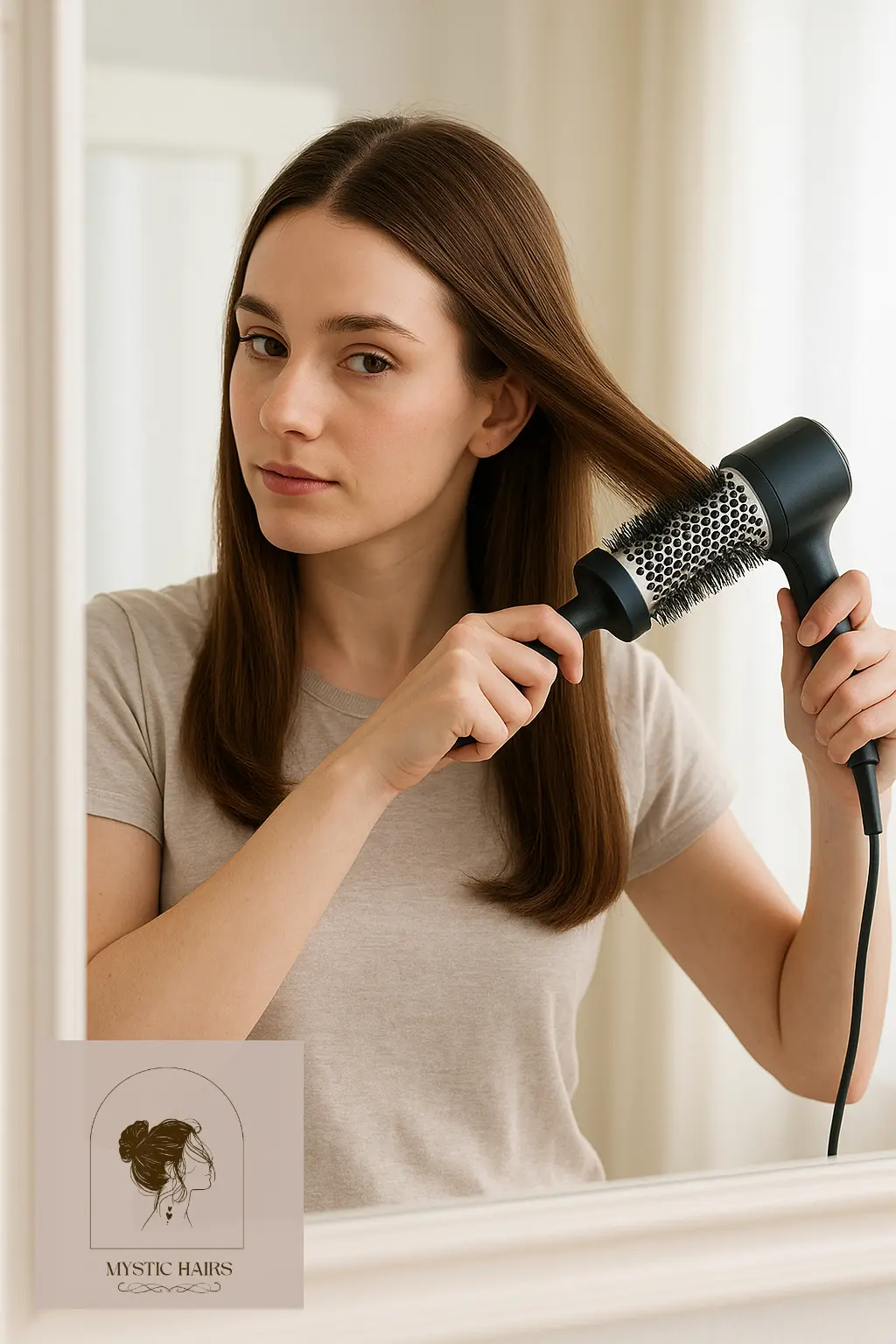
13. Use a Vent Brush for Scalp Health
A vent brush isn’t just for faster blow-drying—it can also improve scalp health. The wide gaps between bristles allow better airflow and reduce tension when brushing, making it ideal for detangling without causing scalp irritation. If you’ve been researching how to choose the right hair brush for improving both style and scalp comfort, vent brushes are an excellent choice.
Regularly brushing with a vent brush can help stimulate the scalp, encouraging better blood flow to the hair follicles. This gentle stimulation can contribute to healthier hair growth over time. They’re also easy to clean, which is a big plus since brushes can collect oil, dust, and product buildup that may irritate the scalp if not washed regularly.
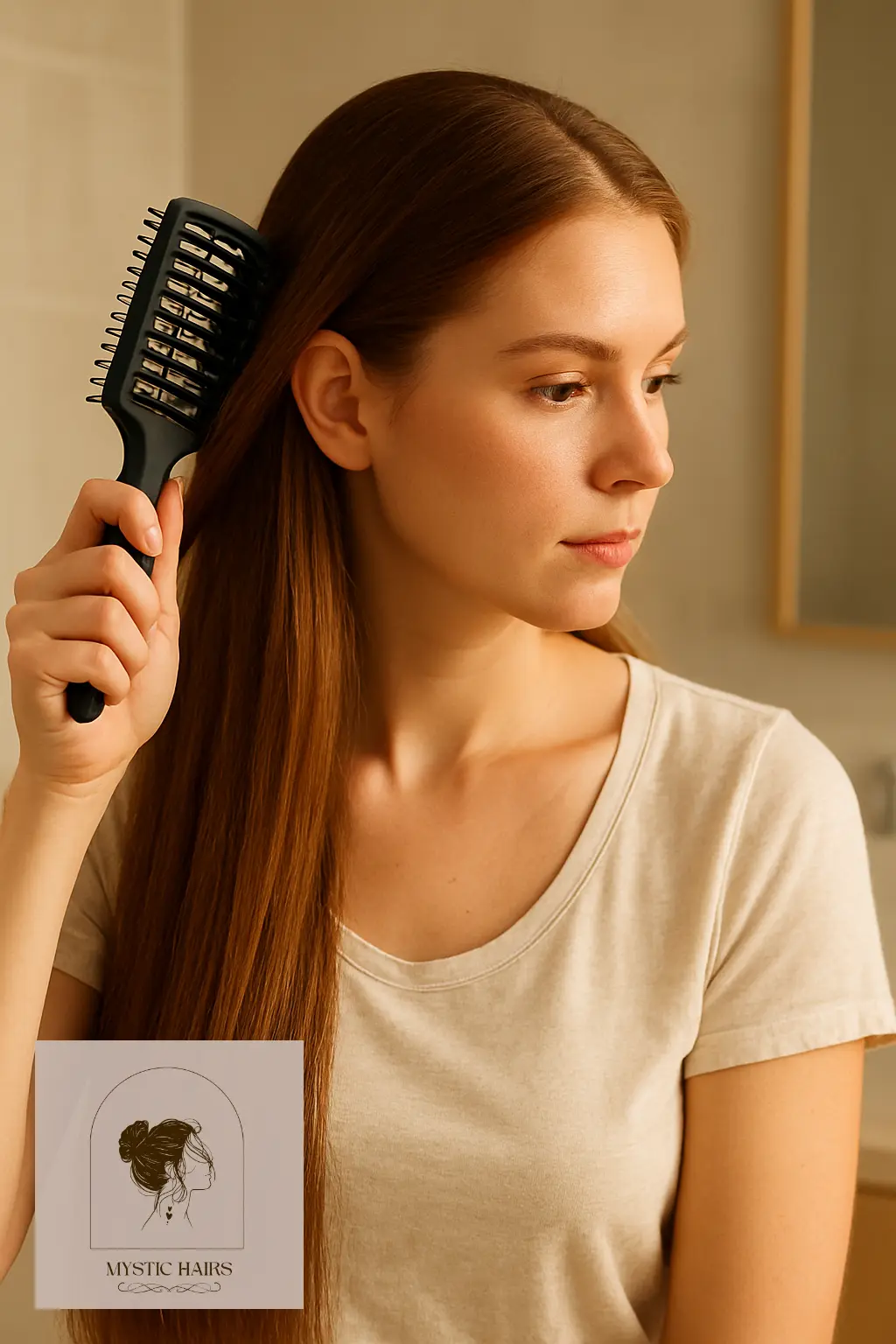
14. Try a Mini Travel Brush for On-the-Go Styling
For busy lifestyles, a mini travel brush is a game changer. Compact and lightweight, it’s perfect for slipping into your handbag, gym bag, or carry-on luggage. You never know when you might need a quick refresh to smooth frizz or detangle after being out in the wind or humidity. When selecting how to choose the right hair brush for travel, focus on a sturdy but gentle design that won’t damage hair with repeated use.
Travel brushes often come in foldable or protective cases, keeping bristles clean and intact. While smaller than full-sized brushes, they can still be effective for quick touch-ups. For longer trips, pair your mini brush with a travel-sized detangling spray or leave-in conditioner for effortless on-the-go hair care.
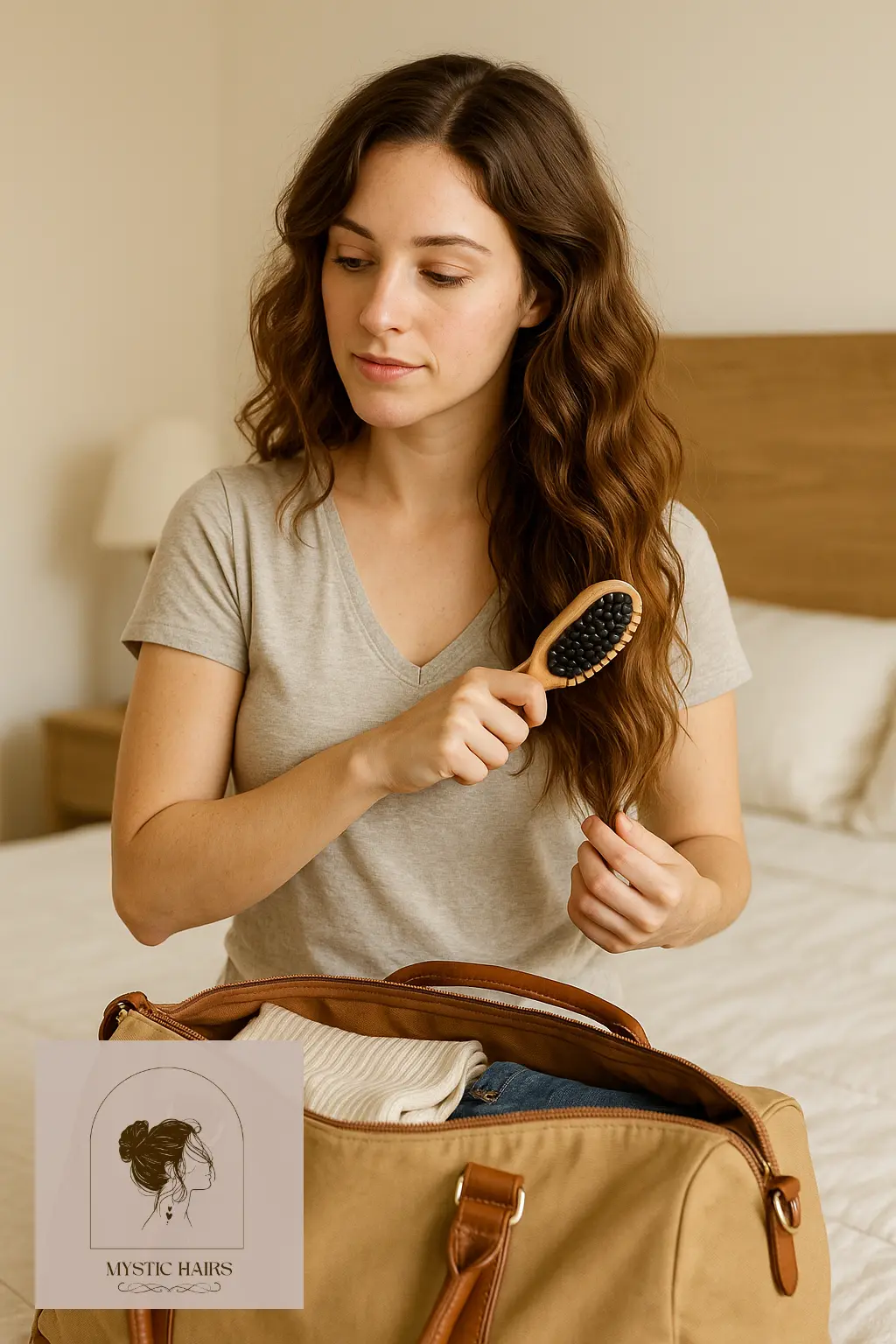
15. Keep Your Brush Clean for Best Results
Even the most expensive, well-designed brush won’t work effectively if it’s full of hair, dust, and product residue. A dirty brush can re-deposit oils, dirt, and styling products back onto clean hair, making it greasy or dull more quickly. That’s why cleaning your brush is just as important as knowing how to choose the right hair brush in the first place.
To clean your brush, first remove all trapped hair using your fingers or a wide-tooth comb. Then, wash the bristles with warm water and a gentle shampoo, letting them air dry completely before using again. Regular cleaning not only keeps your brush hygienic but also extends its lifespan and maintains its performance over time.
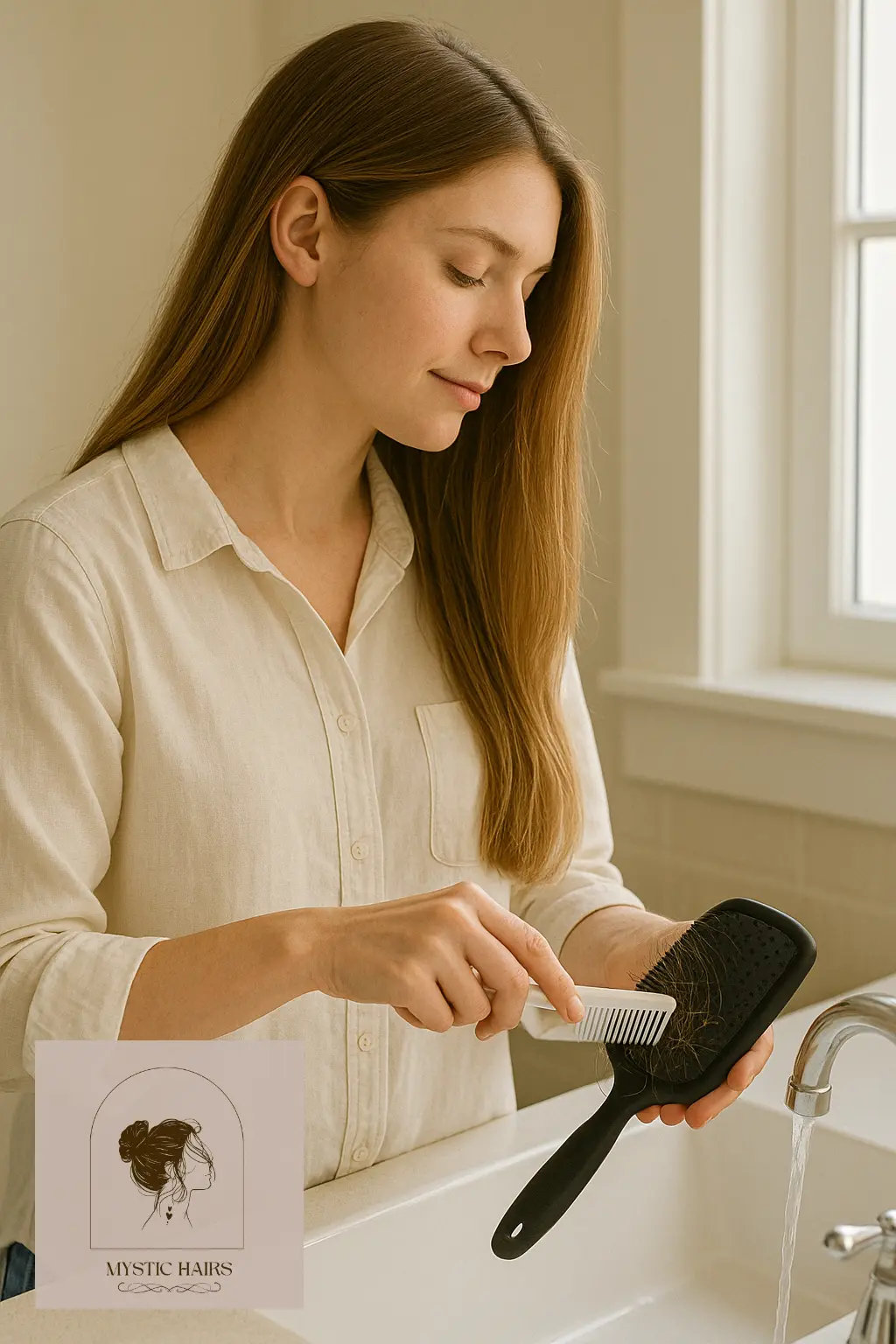
Harsh brushing often leads to frayed tips and brittle strands. By using the right brush and also exploring how to fix split ends without cutting, you can keep your ends looking fresh and healthy for longer.
Tips for Picking and Using the Perfect Brush
- Match the brush to your hair’s condition – If your hair is damaged or fragile, avoid harsh plastic bristles and opt for boar bristle or cushioned nylon bristles to minimize breakage.
- Use different brushes for different purposes – Keep a detangling brush for wet hair, a round brush for blowouts, and a paddle brush for smoothing. This ensures you don’t overwork one tool and cause unnecessary damage.
- Don’t forget your hair goals – Are you looking for volume, sleekness, or defined curls? Your goals will directly influence which brush performs best for your needs.
- Upgrade when necessary – If your brush’s bristles are bent, missing, or melted from heat styling, it’s time to replace it. Old brushes can snag and damage hair.
- Pair your brush with the right products – Even the best brush works better when paired with detangling sprays, heat protectants, or smoothing serums tailored to your hair type.
Conclusion
Choosing the right brush is not just about styling—it’s about maintaining long-term hair health. Understanding how to choose the right hair brush means considering your hair type, scalp sensitivity, and styling routine. From paddle brushes for smoothing to vent brushes for faster drying, each design serves a specific purpose, and selecting the right one can prevent damage while enhancing your style.
By matching your brush to your needs and maintaining it properly, you ensure your hair stays healthy, shiny, and easy to manage. Remember, your brush is more than just a tool—it’s a daily investment in your hair’s overall look and well-being. With the right choice, you’ll find styling becomes easier, your hair feels healthier, and your confidence naturally shines through.

Aria Blake is a beauty writer and hairstyle curator passionate about empowering women through timeless trends and modern haircare. With a deep love for natural textures and creative styling, Aria blends expert tips with real-life inspiration to help you look and feel your best—every single day. When she’s not writing for MysticHairs.com, you’ll find her exploring protective styles, sipping herbal tea, or pinning dreamy looks for your next hair glow-up.
